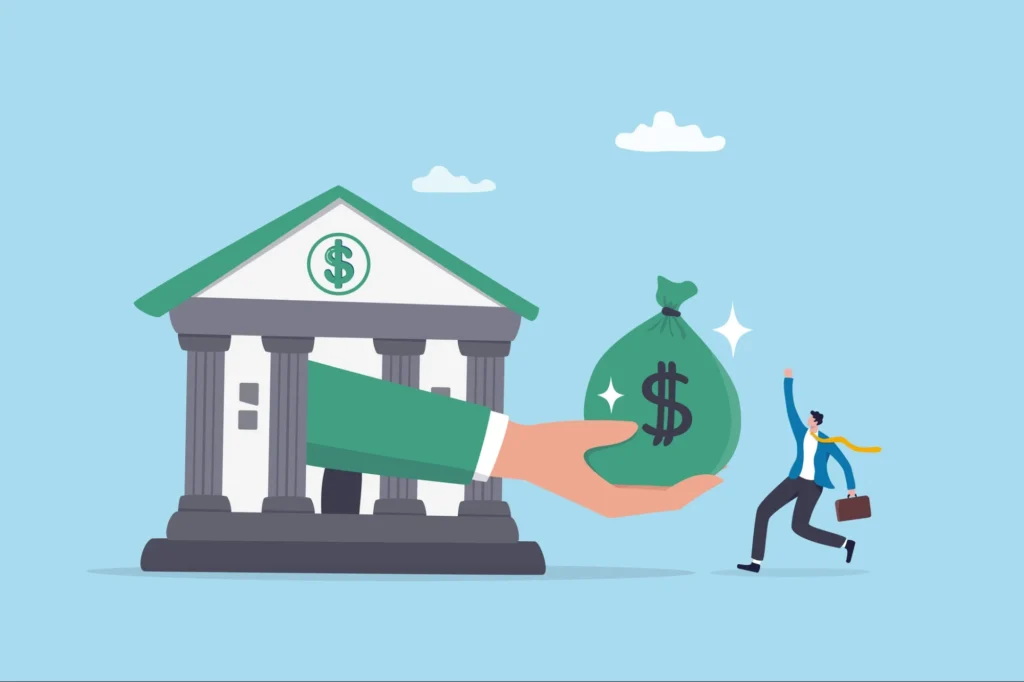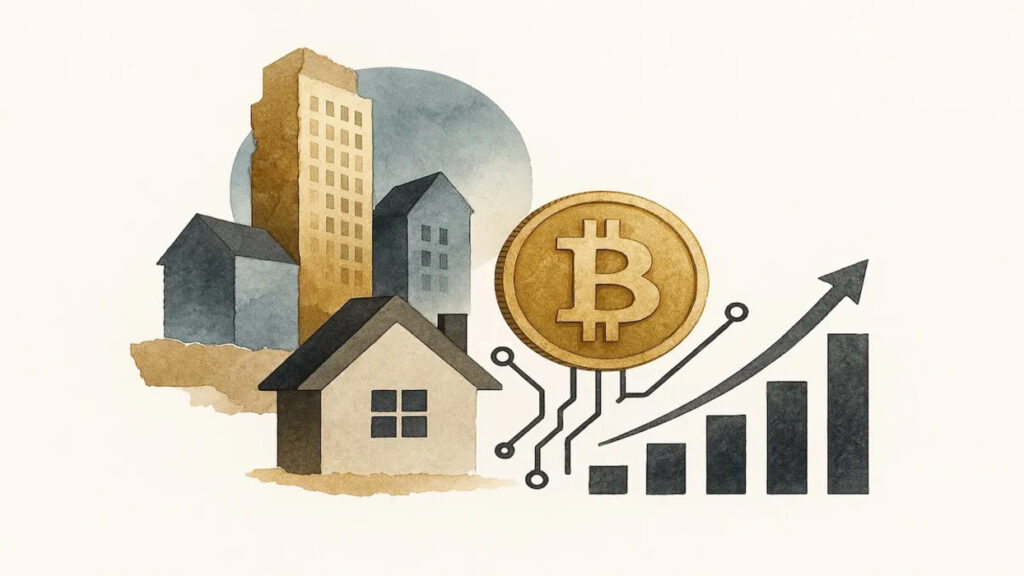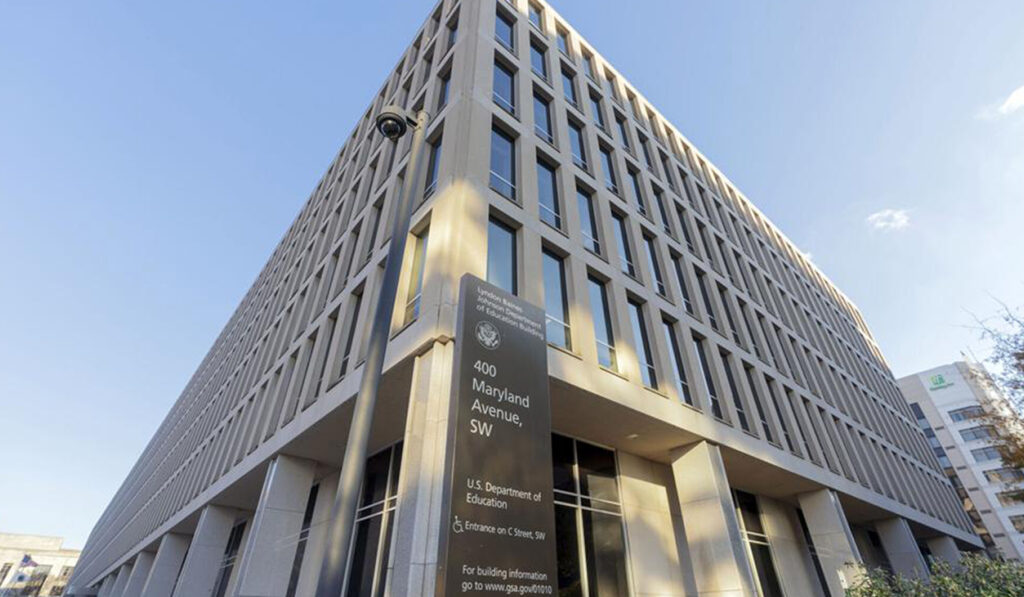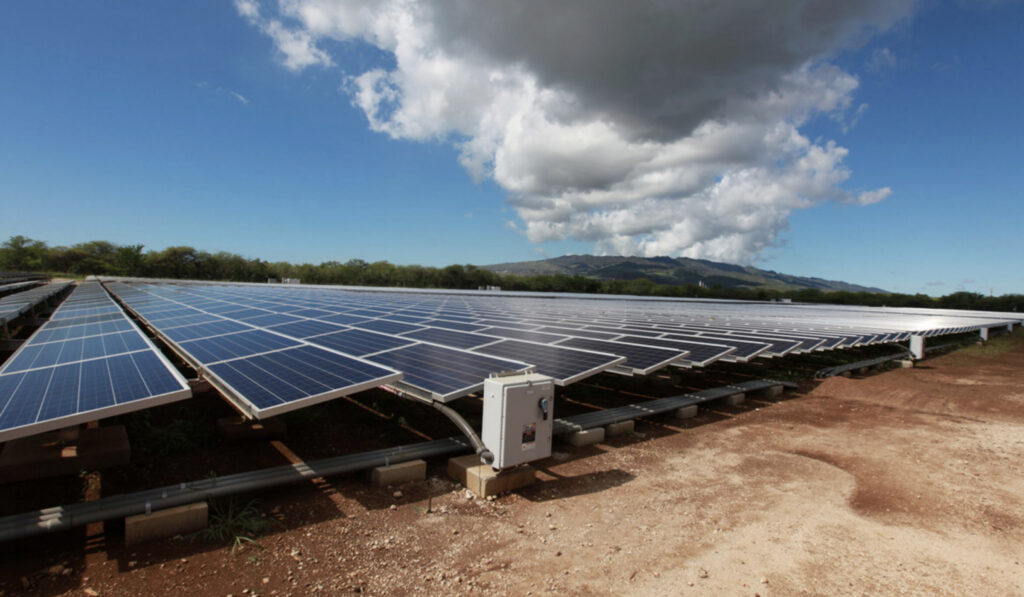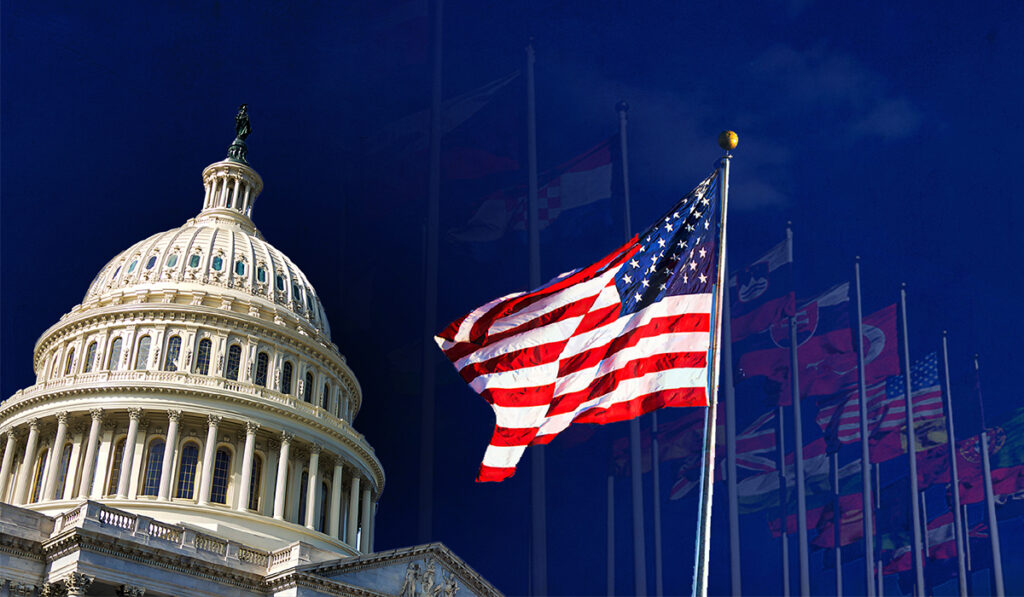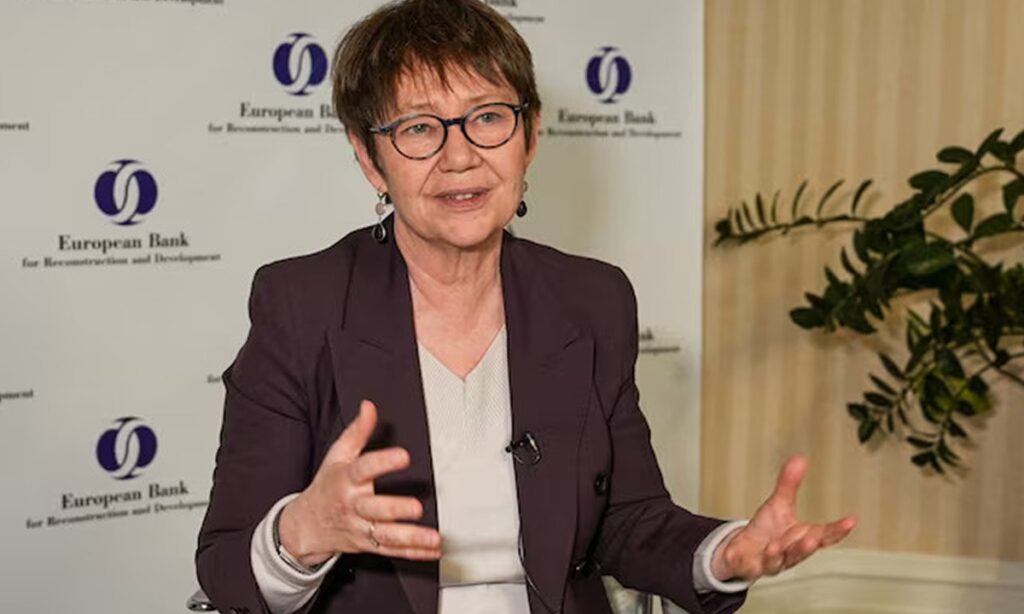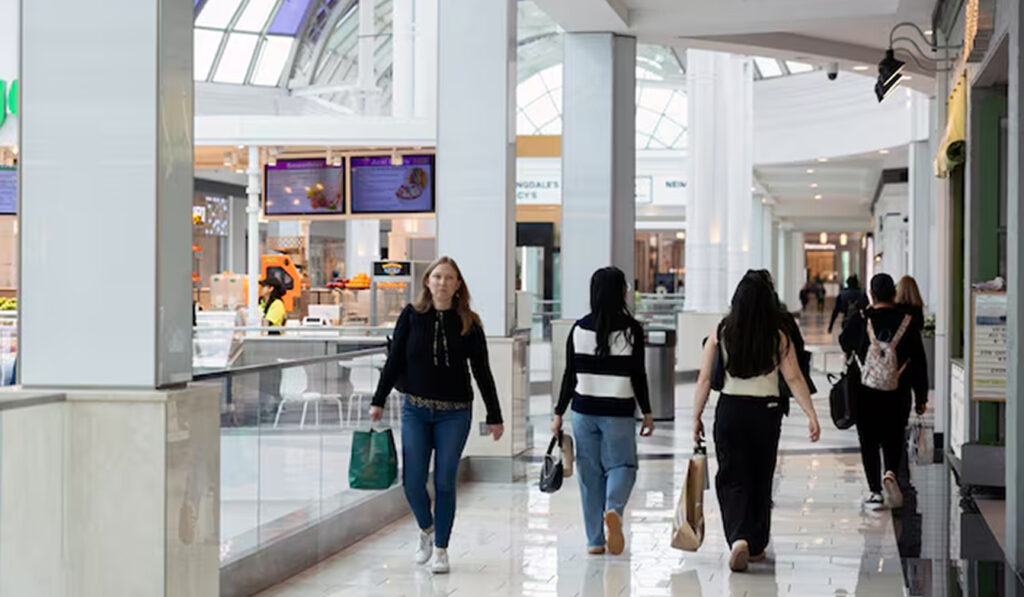
The American economy in 2025 is walking a tightrope. After years of pandemic recovery and post-stimulus growth, signs of strain are becoming harder to ignore. The first quarter of the year brought unexpected economic contraction, inflation remains more persistent than policymakers had hoped, and labor market strength is beginning to falter at the margins. These shifts are happening alongside growing global instability and aggressive trade policies that are reshaping both domestic and international markets.
Economic growth is one of the clearest indicators of this slowdown. In the first quarter of 2025, the U.S. Gross Domestic Product shrank by 0.3 percent, marking the first quarterly contraction since the pandemic-era upheaval of 2020. The decline stemmed from multiple sources. Government spending fell, imports surged as businesses raced to get ahead of tariff increases, and some sectors, particularly in manufacturing and construction, pulled back significantly. Personal consumption did increase by approximately 3 percent, showing that Americans are still spending, but that wasn’t enough to keep growth in positive territory.
Forecasts for the rest of 2025 suggest the economy will likely remain flat. The OECD has revised its outlook, predicting that the U.S. economy will grow by just 1.6 percent in 2025 and 1.5 percent in 2026. Deloitte and EY share similar projections. Businesses are being cautious, consumer sentiment is slipping, and the global environment remains tense due to ongoing trade friction and slowing growth in major partner countries.
One of the main challenges facing policymakers and consumers alike is inflation. While the extreme price spikes of 2022 are now in the rearview mirror, inflation remains uncomfortably high. The Personal Consumption Expenditures index, the Federal Reserve’s preferred measure, climbed by 3.6 percent in the first quarter of 2025. The Consumer Price Index, though lower at 2.4 percent in March, continues to signal underlying pressures, particularly in sectors affected by tariffs and international logistics issues.
These figures suggest inflation is not going away quickly, especially as tariffs push up the cost of imported goods. Economists warn that this situation could evolve into stagflation, a difficult scenario in which high prices and low growth coexist. This is particularly troubling for lower- and middle-income families, whose budgets are more sensitive to rising food, energy, and housing costs.
The labor market continues to be a paradox. On one hand, the country added roughly 139,000 jobs in May, and the unemployment rate remains close to 4 percent. On the other hand, weekly jobless claims recently reached their highest level in eight months, and youth unemployment is surging. For workers aged 20 to 24, the jobless rate is now around 6.6 percent. For those with only a high school diploma, it’s even higher (nearly 14.5 percent). Entry-level job openings are down by 17 percent compared to pre-pandemic norms, and more people are finding themselves stuck in part-time or gig work without long-term stability.
Trade policy is another major pressure point. The average effective U.S. tariff rate has climbed above 15 percent for the first time since World War II. Goods from China are facing tariffs of 40 percent, while imports from other countries are averaging around 10 percent. These tariffs are meant to protect domestic industry, but the effect so far has been mixed. While some manufacturers have seen temporary boosts, most businesses report rising costs, supply chain disruptions, and uncertainty that makes planning difficult.
The Federal Reserve is in an especially tough spot. With inflation still above target and growth faltering, the central bank has put rate cuts on hold. Fed Chair Jerome Powell has said the Fed will not resume monetary easing until inflation shows clear signs of retreat. That means interest rates are likely to remain high for the foreseeable future, increasing borrowing costs for businesses and consumers alike. The longer the Fed waits, the greater the risk that it could either miss its inflation target or choke off what little growth remains.
Business leaders are beginning to voice their concerns more forcefully. JPMorgan Chase CEO Jamie Dimon has warned that there is a real risk of a downturn, especially if private credit markets, which have grown rapidly and without much oversight, begin to show signs of strain. Former IMF official Desmond Lachman has gone further, describing current U.S. fiscal and trade policies as a “Greek tragedy” in the making, warning that tariffs and ballooning deficits could seriously damage long-term competitiveness.
Looking forward, most economic models suggest a slow glide path, but one fraught with risk. GDP growth is expected to hover between 1 and 2 percent through 2026, while inflation may peak close to 4 percent before easing late next year. Unemployment may inch upward to 4.4 percent, particularly if layoffs continue and hiring remains cautious. Machine learning models and data-driven predictions are painting an even darker picture, with some estimating a 70 percent chance of a formal recession within the next 12 months.
The U.S. economy is, in many ways, at a turning point. Policymakers, business leaders, and everyday Americans are all asking the same question: can the country steer through this uncertain period without slipping into crisis? Much will depend on whether inflation can be tamed without crushing growth, how the global trade environment evolves, and whether Washington can find the political will to enact policies that balance competitiveness, equity, and sustainability.
Dwayne Paschke is an experienced news reporter and media professional, currently working as a senior news analyst for a private media organization based in Toronto, Canada. With years of experience in journalism, he brings a wealth of knowledge to his role, where he contributes to Los Angeles Headlines by providing accurate and comprehensive coverage of significant news stories.

